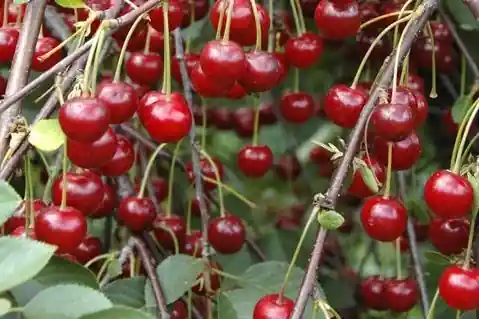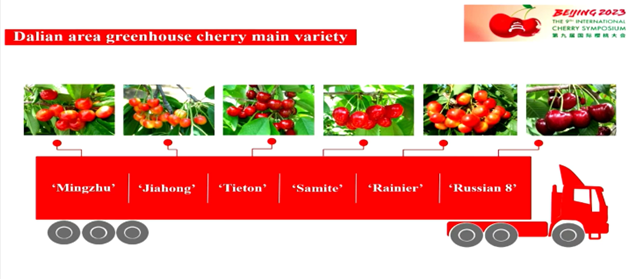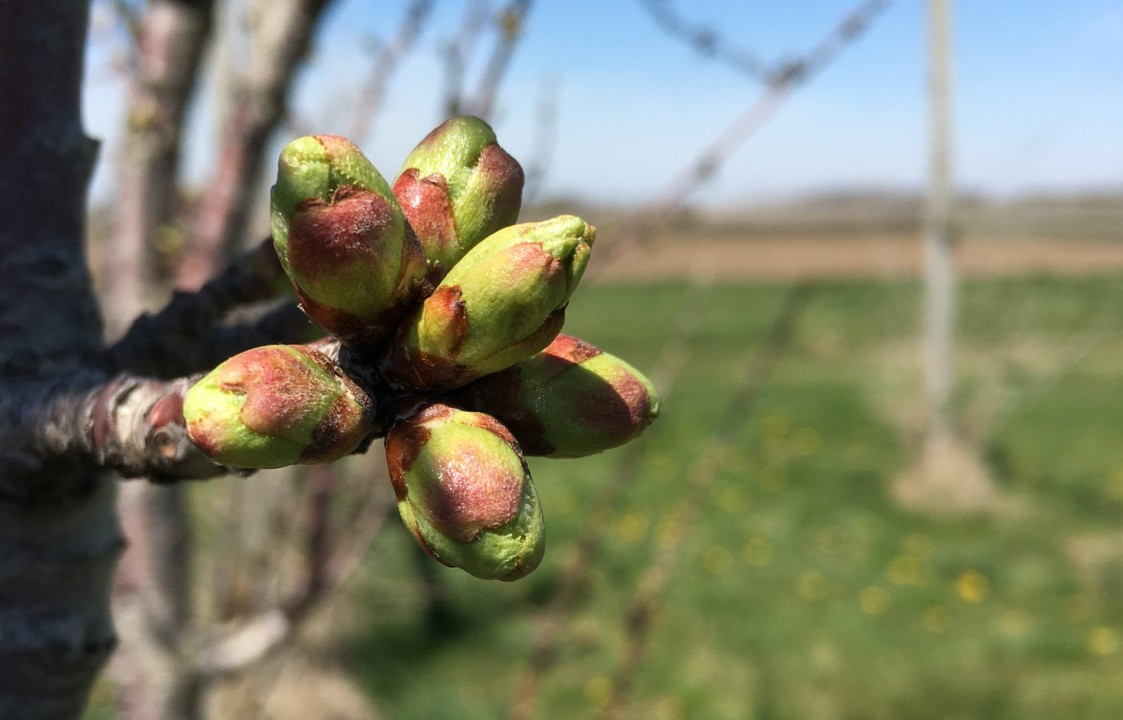After a 2024 marked by dramatically low harvests, German sour cherry production shows signs of recovery. However, the decline in cultivated areas raises questions about the future of this crop.

Back to growth, but not to historical levels
According to final data published by the German Federal Statistical Office (Destatis), sour cherry production in Germany in 2025 reached 9,800 tons, marking a 31.3% increase compared to just 7,500 tons in 2024, a year severely hit by adverse weather conditions.
Despite the recovery from last year, the final yield still stands 20% below the ten-year average of 12,300 tons. Even compared to the preliminary estimate in June, which forecast 11,700 tons, the final figure was lower.
Less acreage, fewer sour cherries
One of the main causes of the production decline is the continuous reduction of farmland dedicated to sour cherry cultivation, which in ten years has fallen from 2,000 to 1,500 hectares, a 25% decrease. This downward trend, linked to a series of structural and climatic factors, reflects the growing difficulties in keeping this crop profitable.
Regional focus: sour cherries remain strong in the west
Rhineland-Palatinate remains the leading region for cultivation of sour cherries, with 460 hectares planted and a production of 2,700 tons, up 40% compared to the previous year.
Thuringia also performed notably, with a 179% increase reaching 1,900 tons, while Saxony recorded an astonishing +1,249%, reaching 1,800 tons. These figures, though impressive, must be read in light of the near-total production failures recorded in 2024 in many areas of eastern Germany, when adverse weather severely compromised flowering and fruit set.
A look to the future
The slight recovery in production is not enough to offset the negative trend in cultivated areas. Without support policies or innovative solutions in agronomy and trade, there is a risk that sour cherries — historically important for the German agri-food sector — will continue to lose ground. 2025 was a year of recovery, but the future of sour cherry growing in Germany remains uncertain.
Source text and image: fruitnet.com
Cherry Times - All rights reserved













